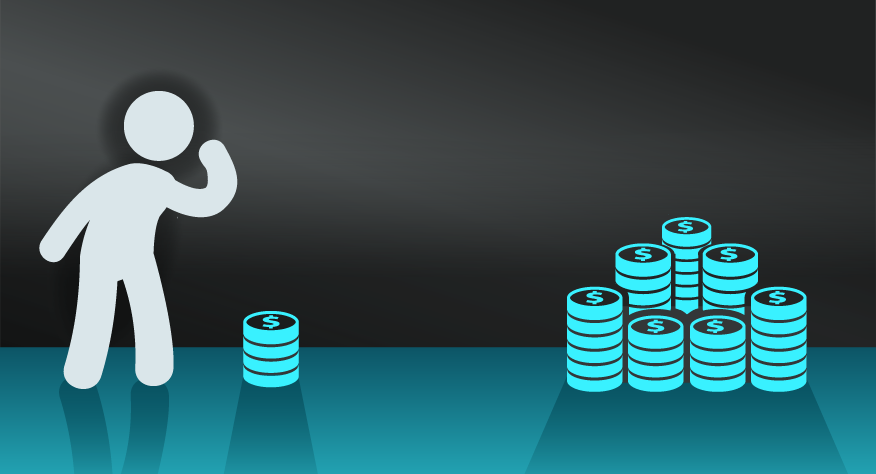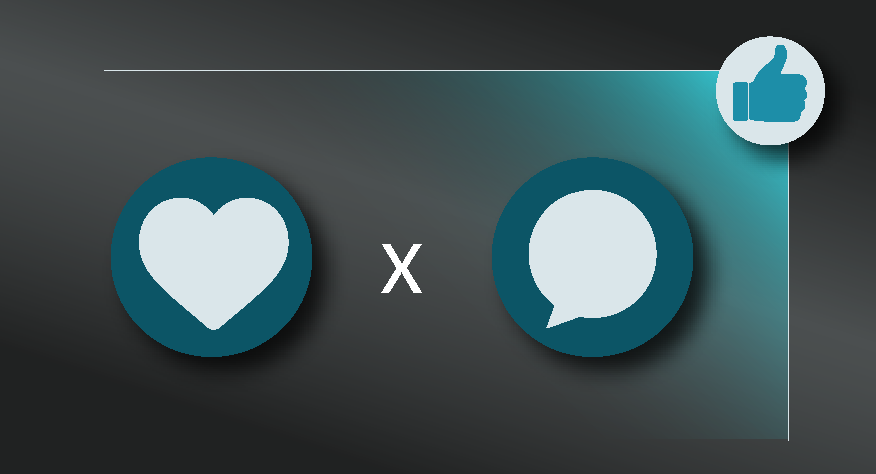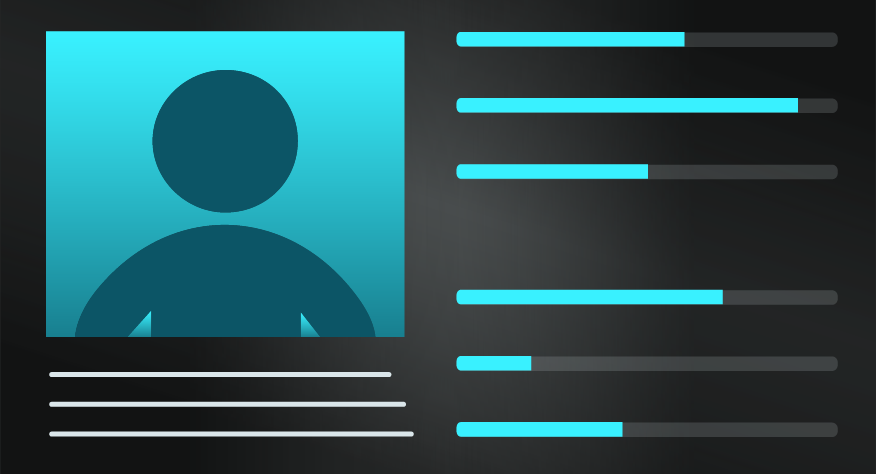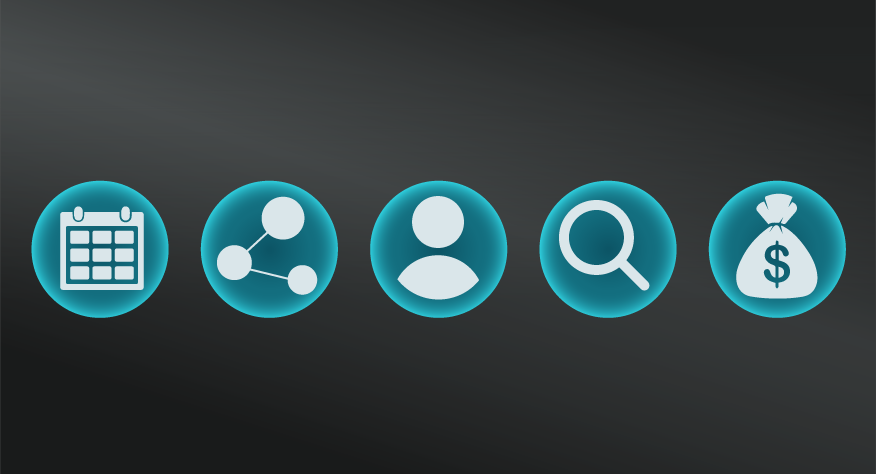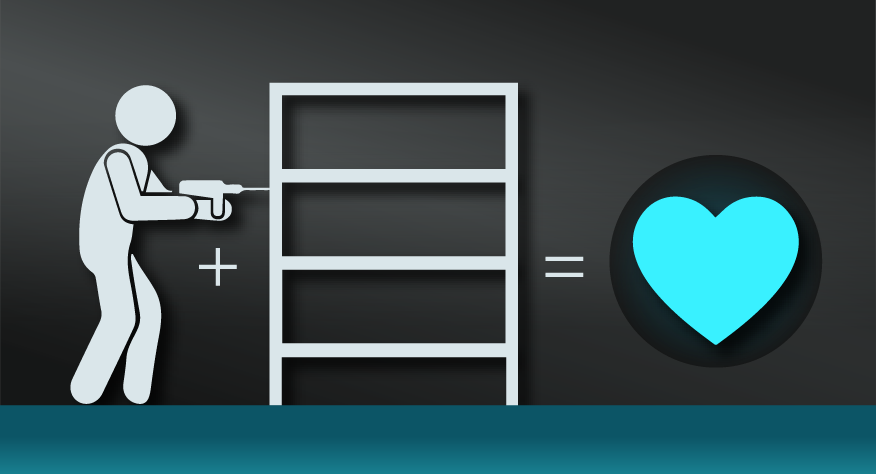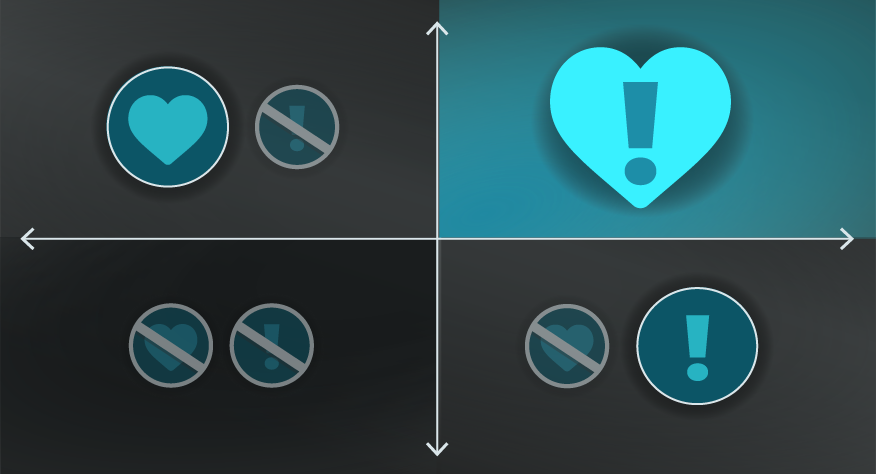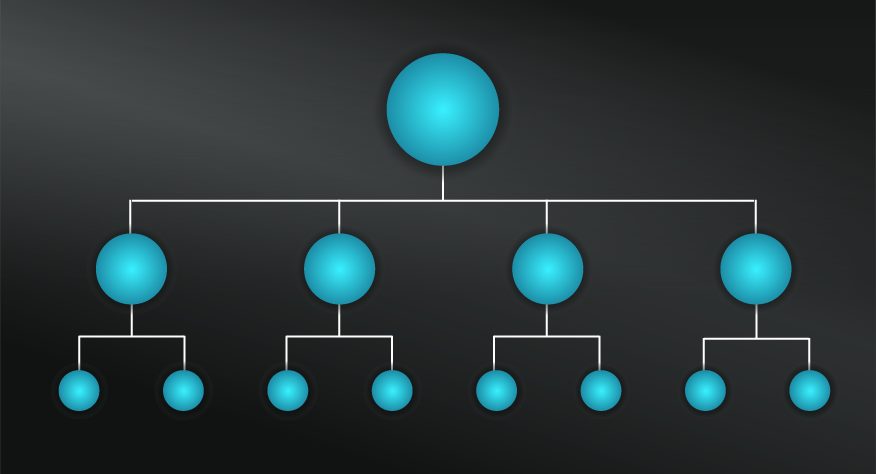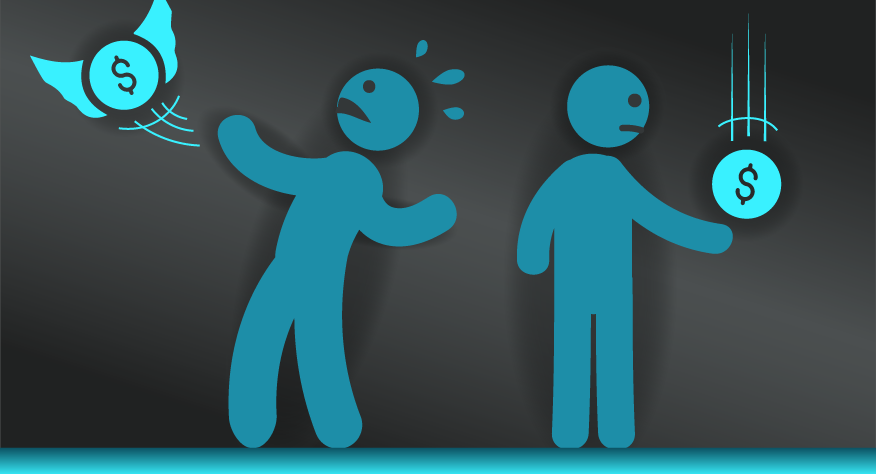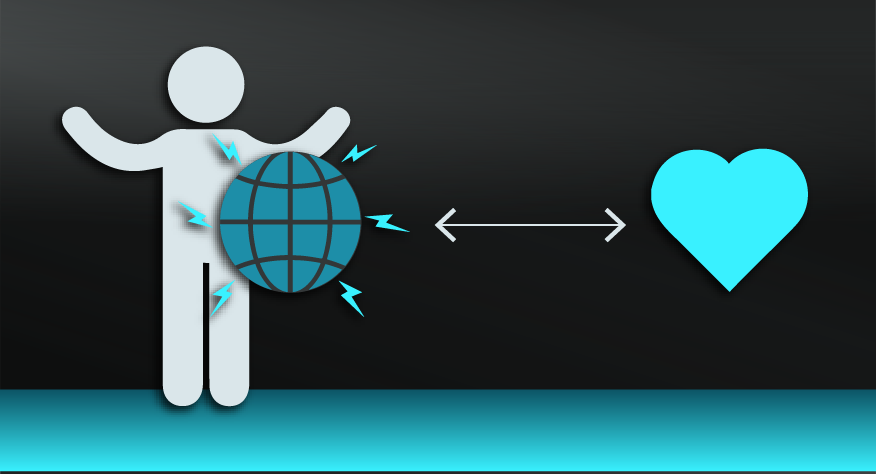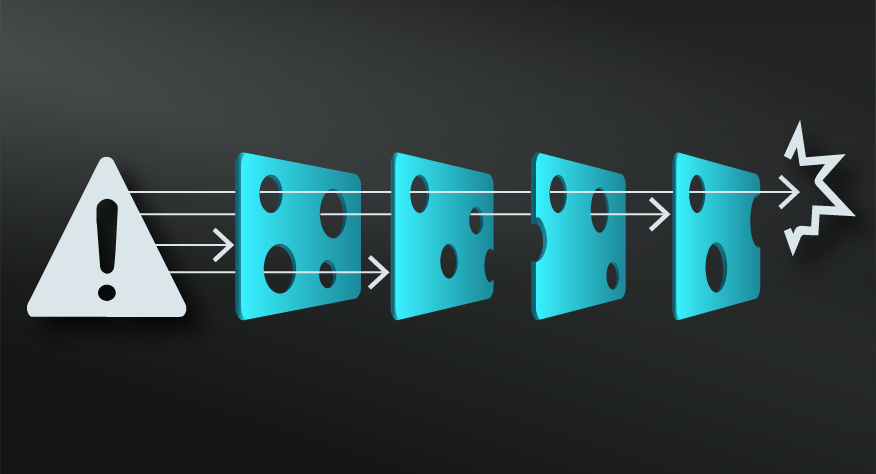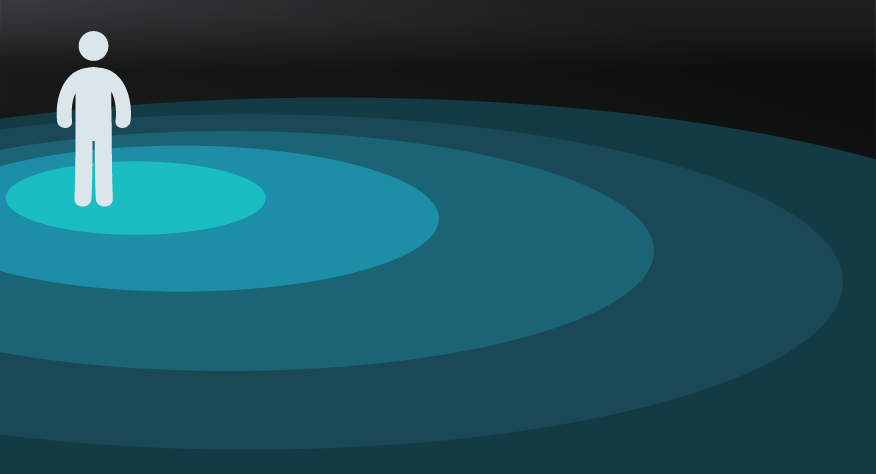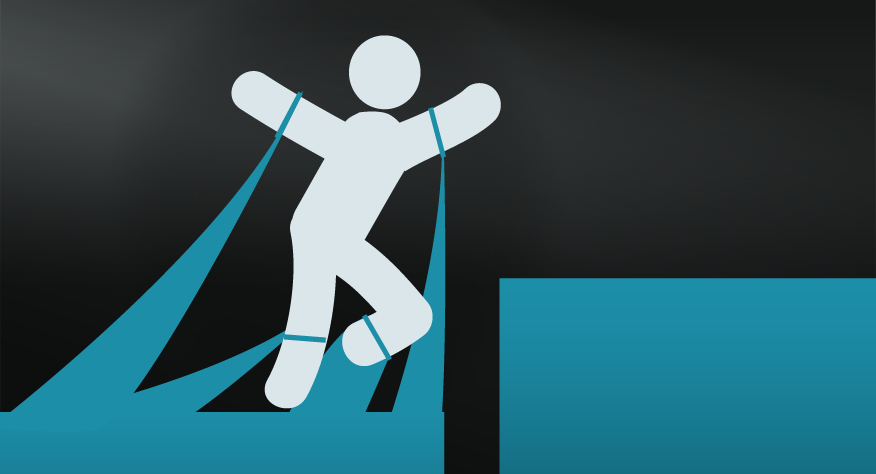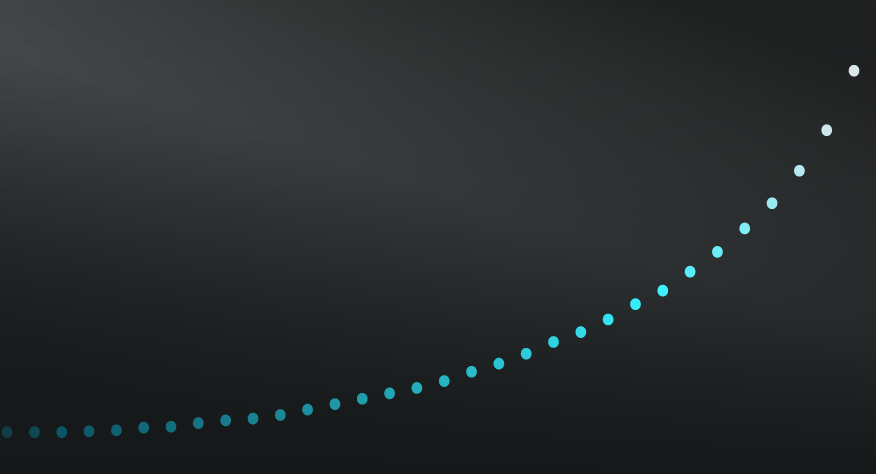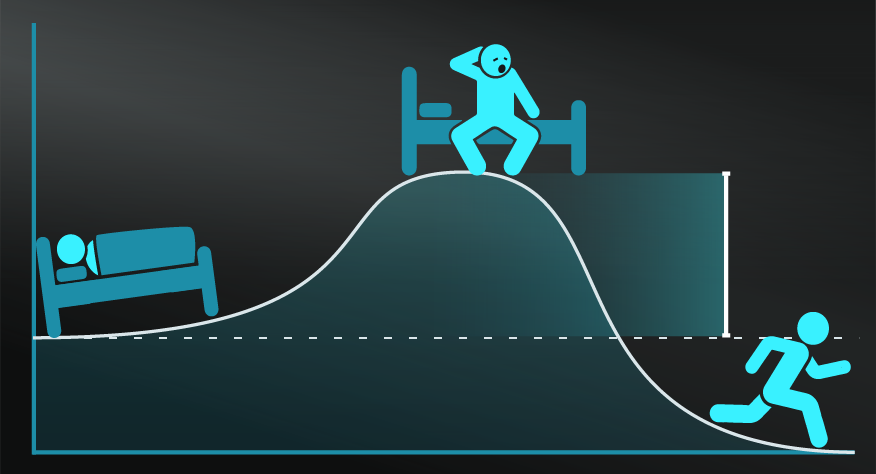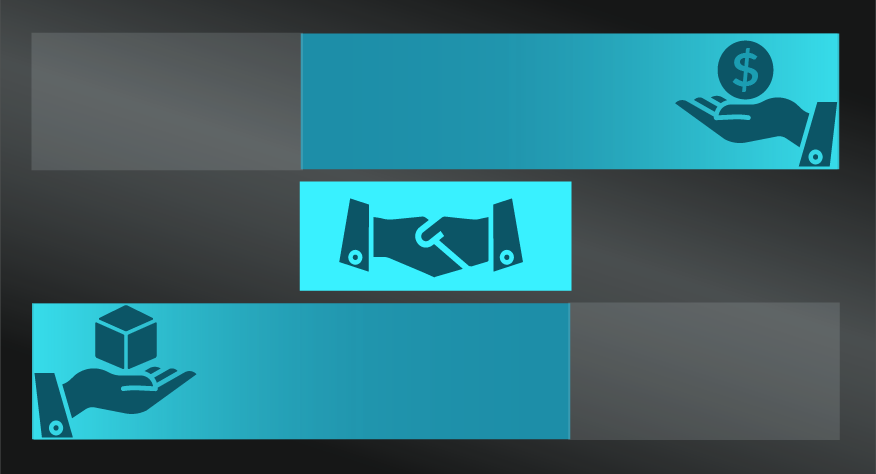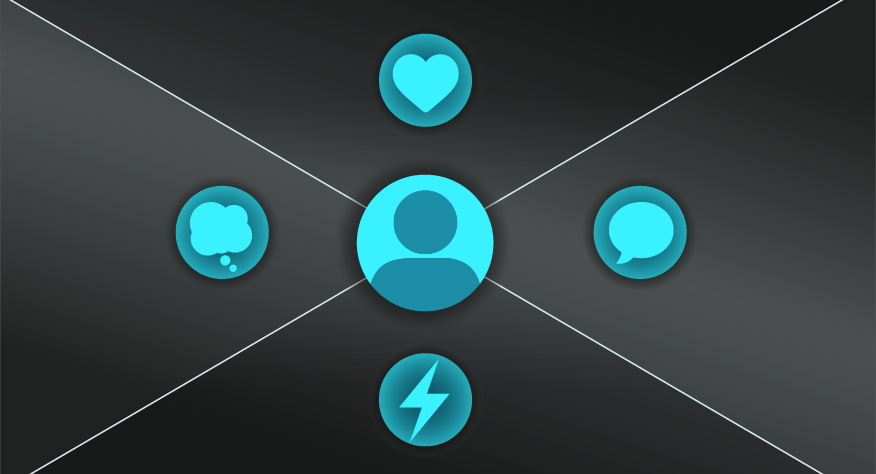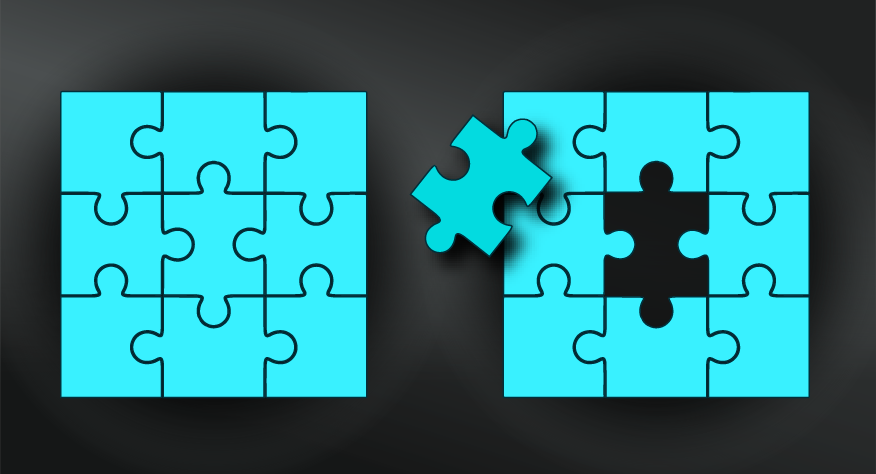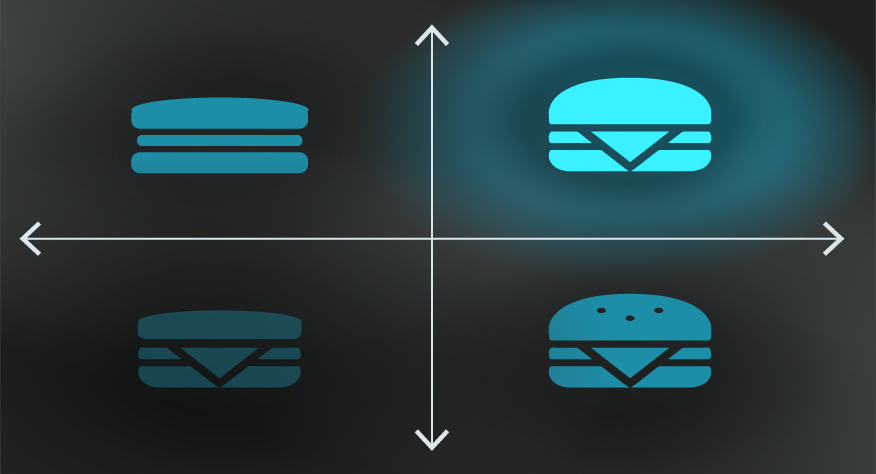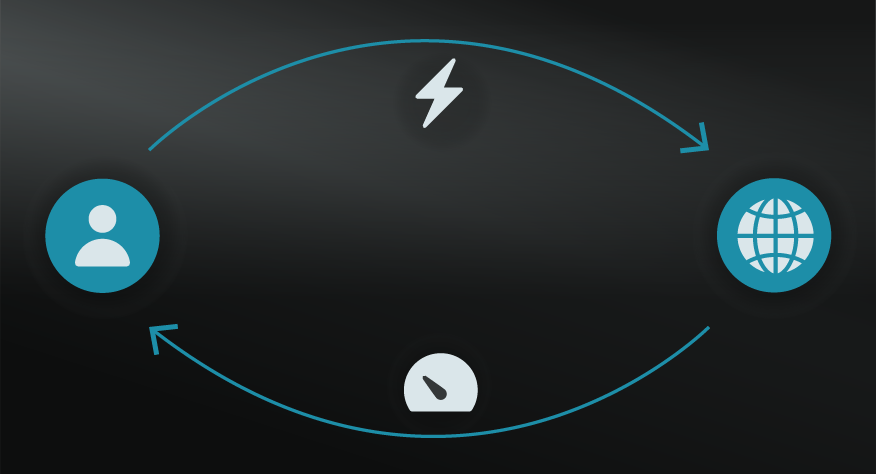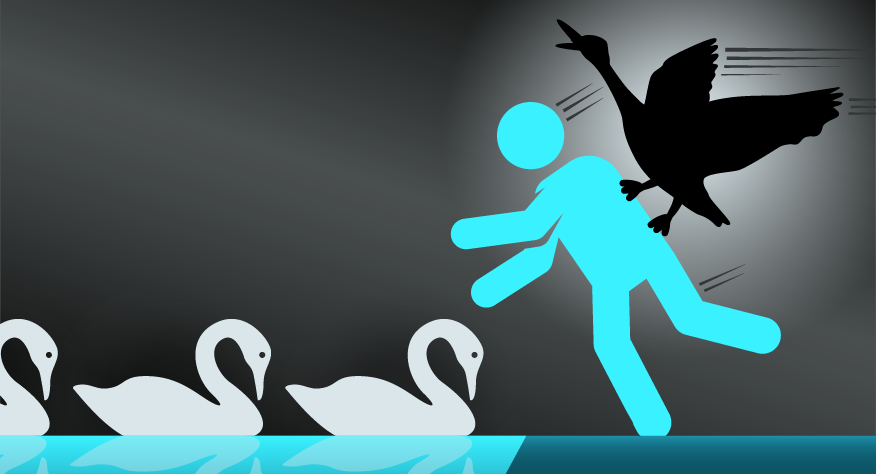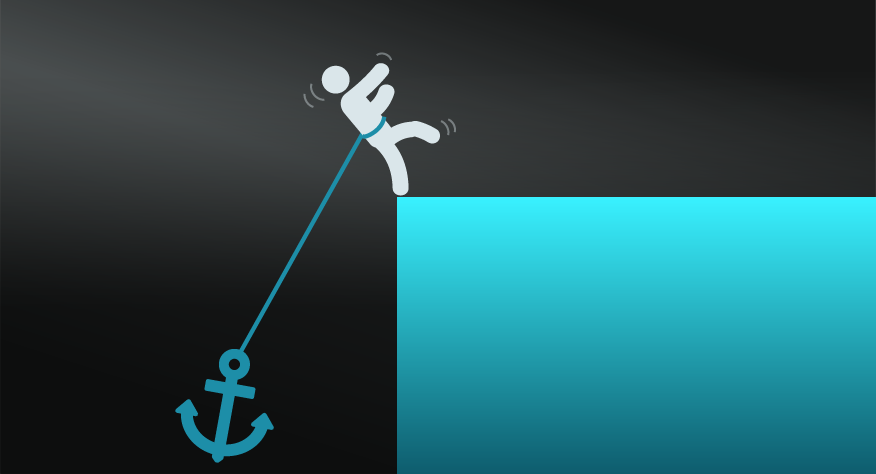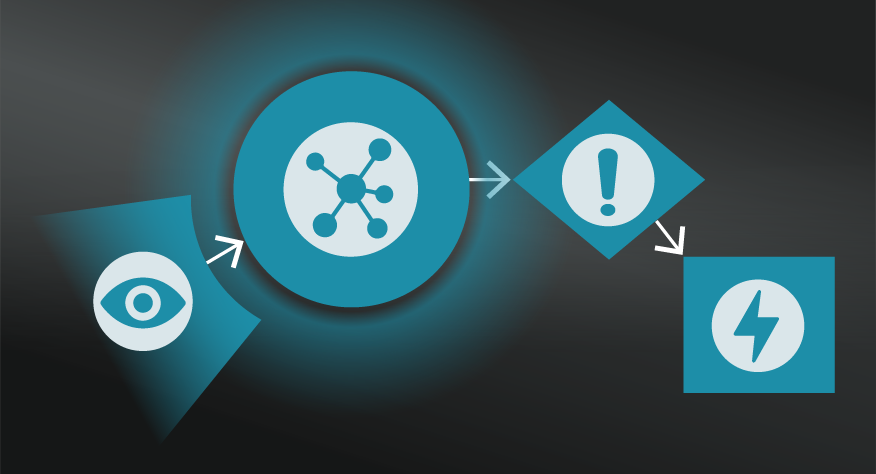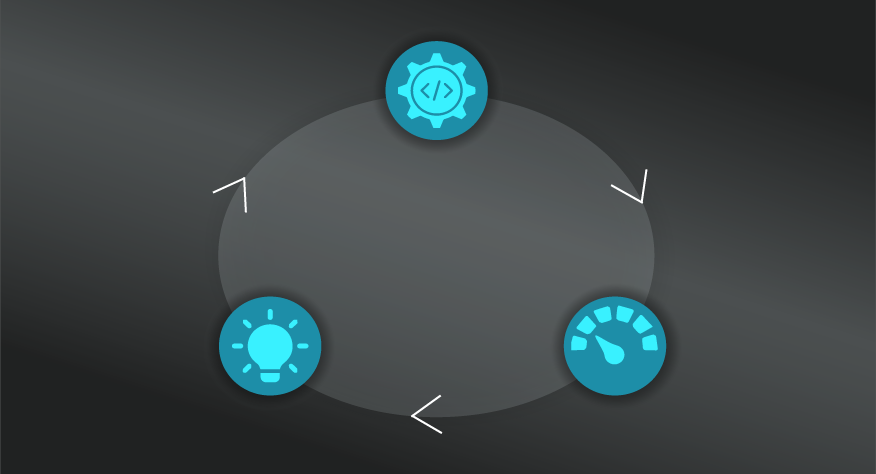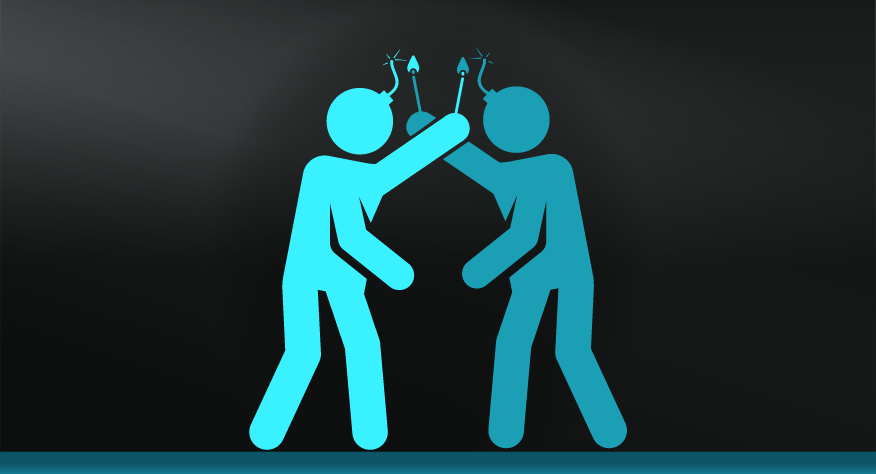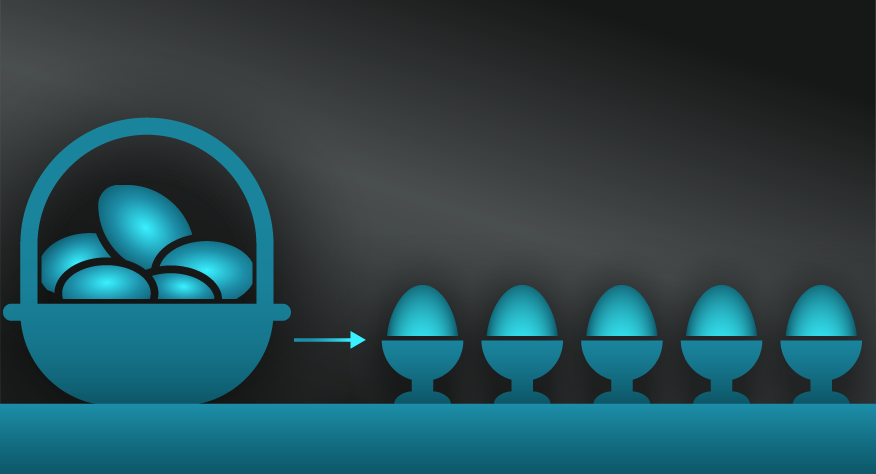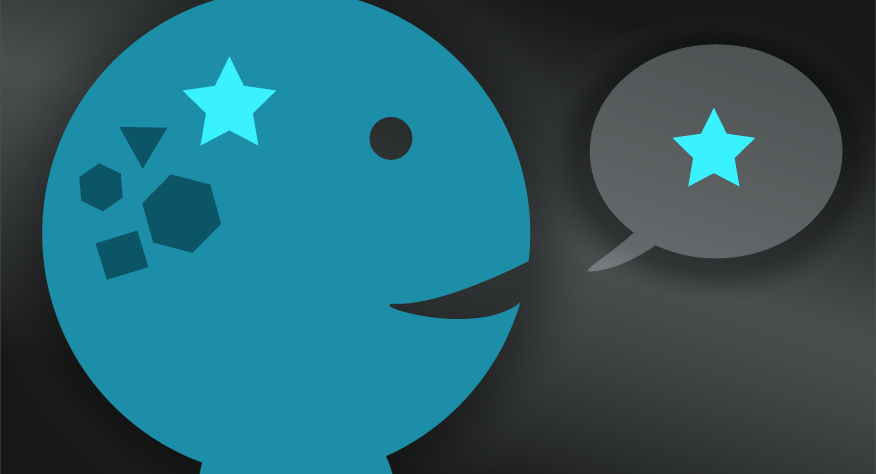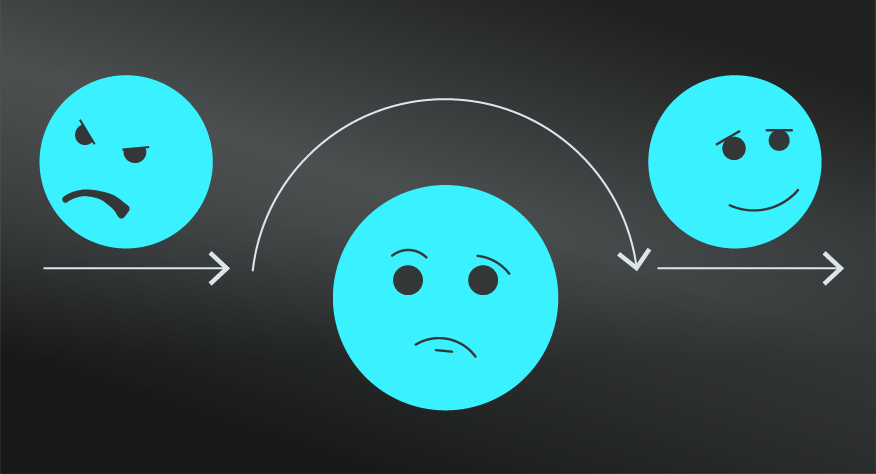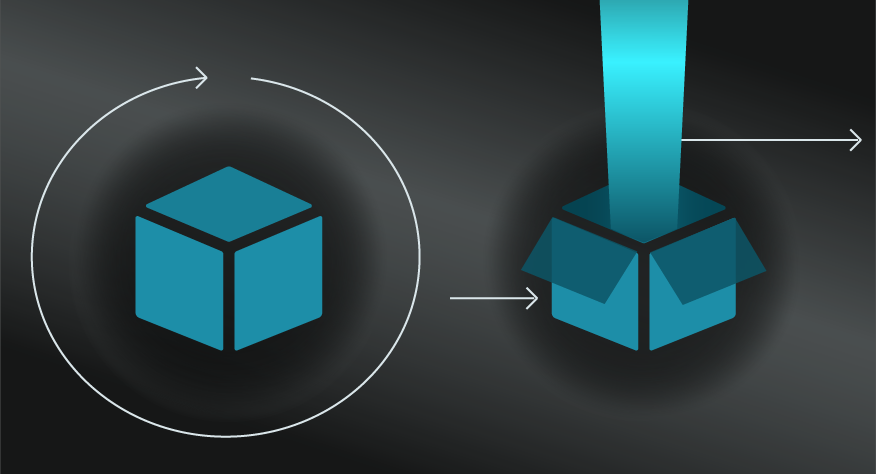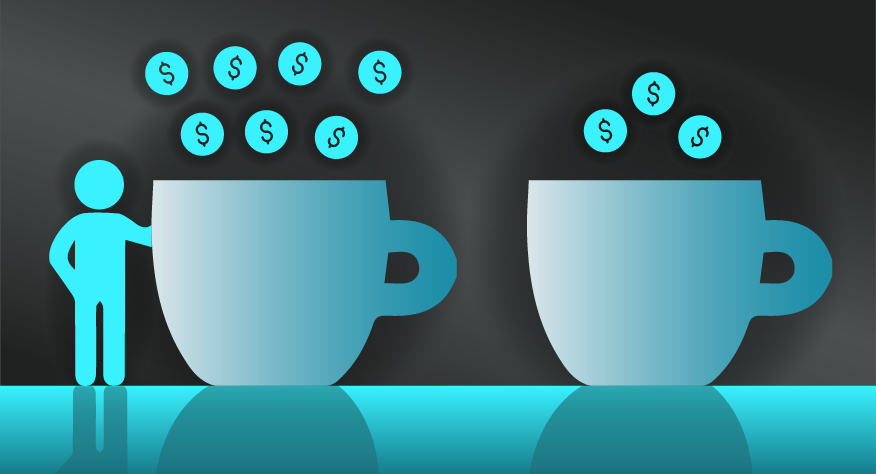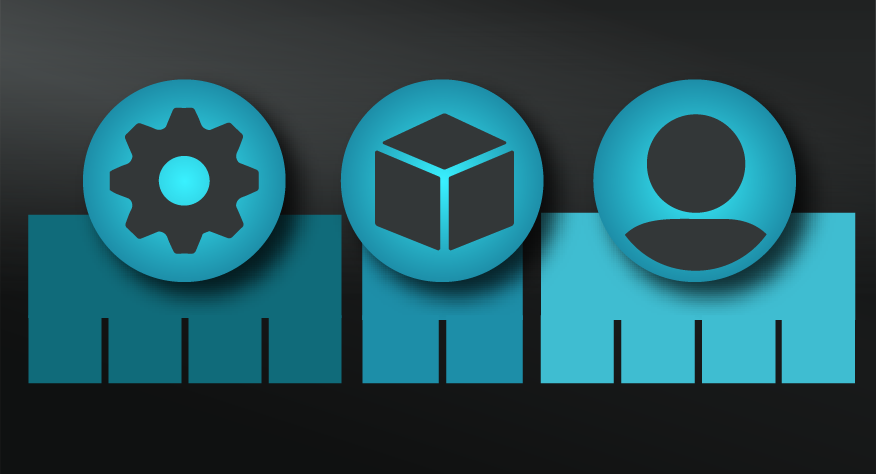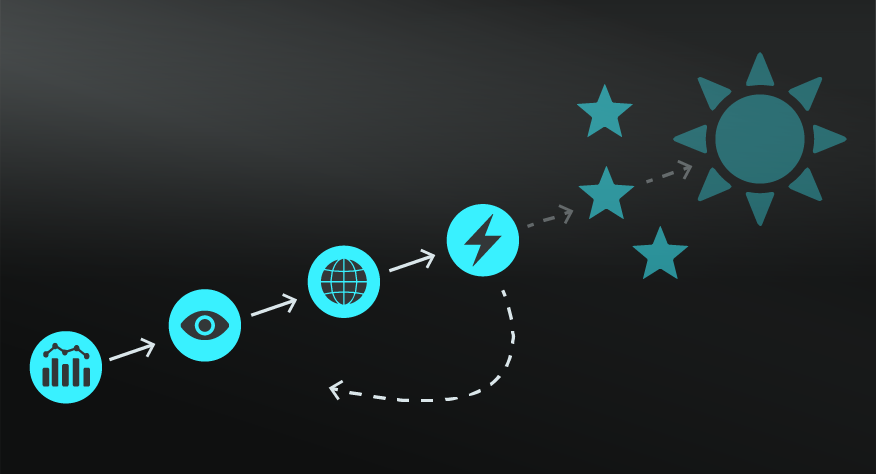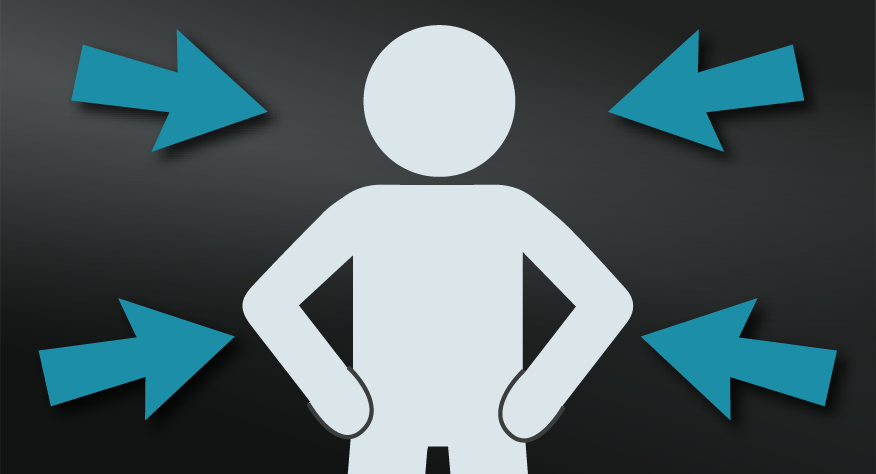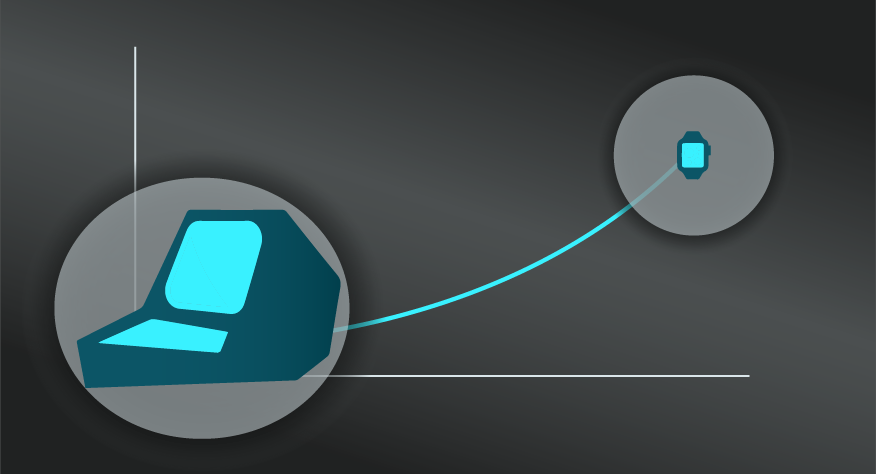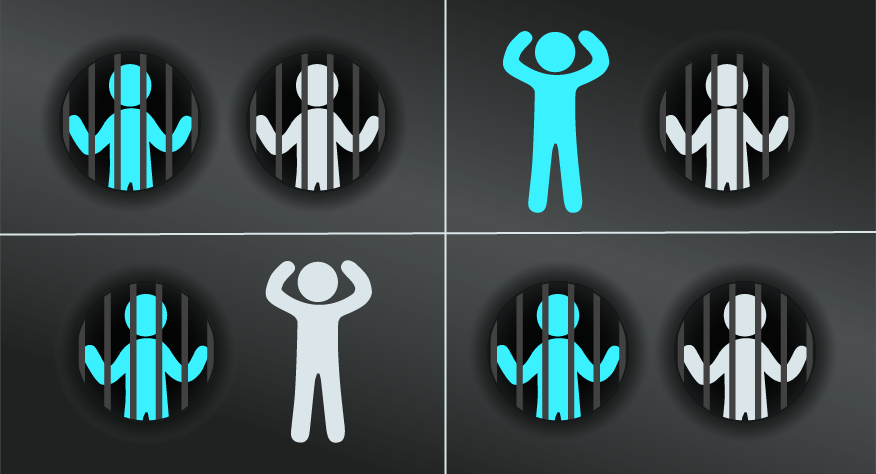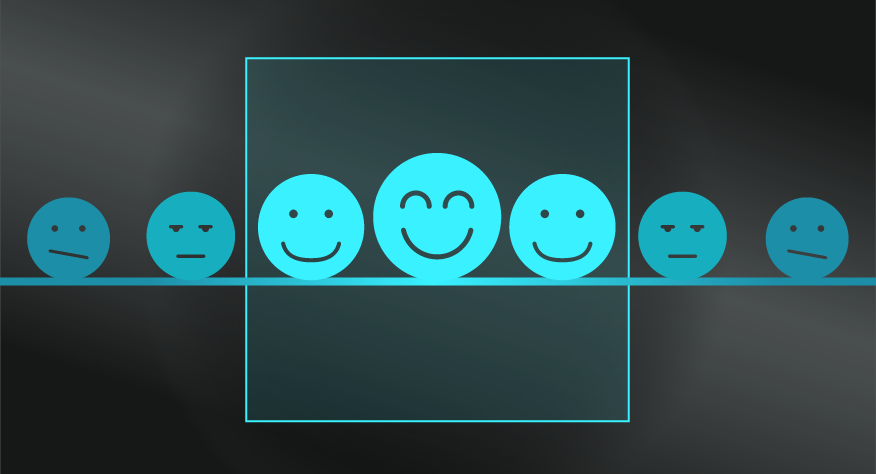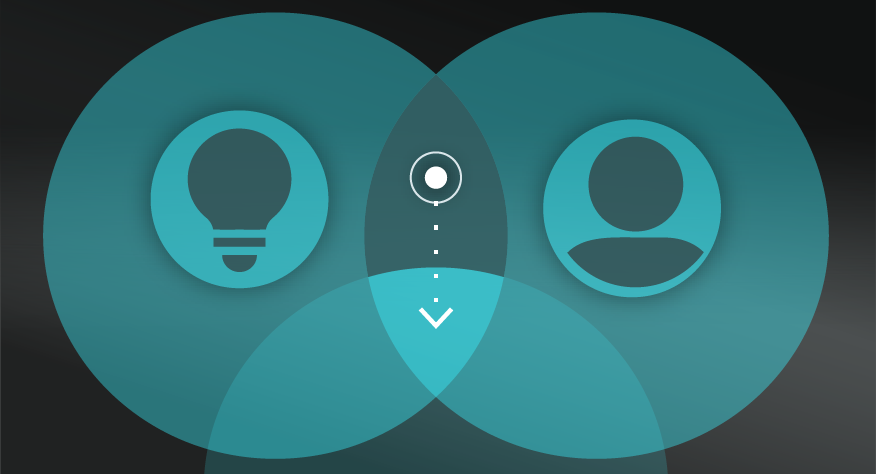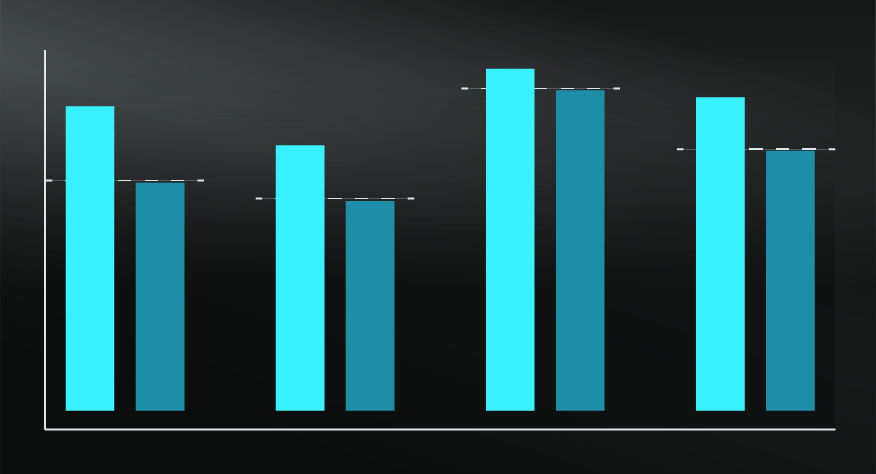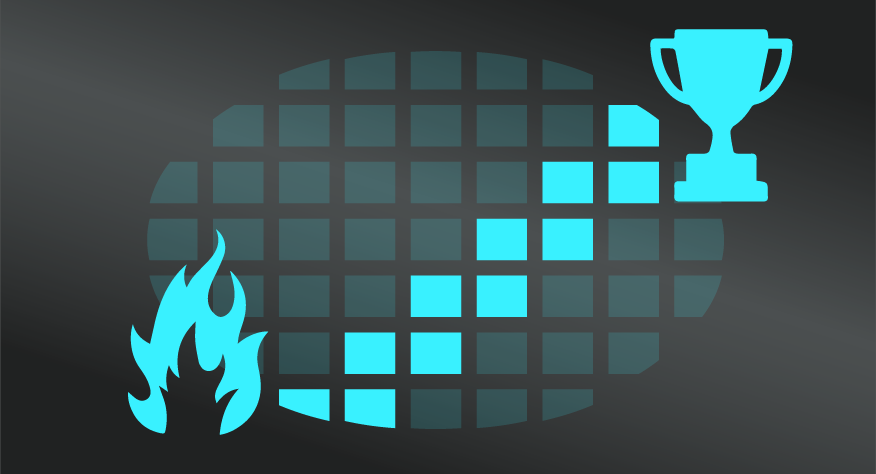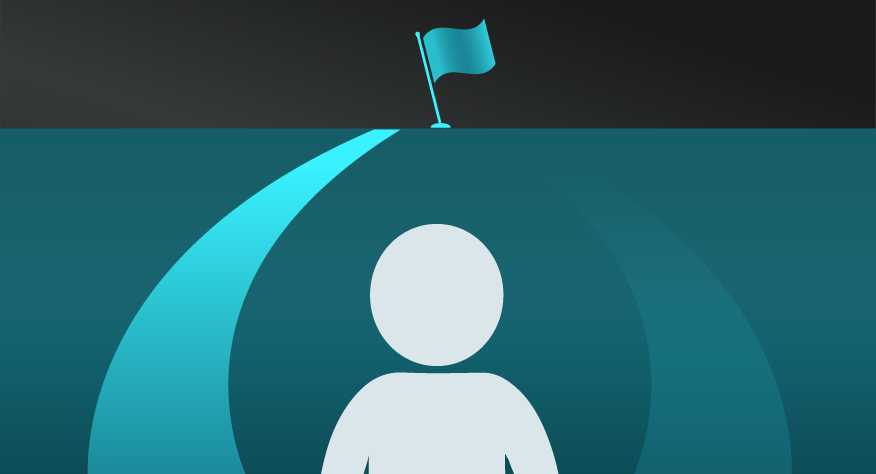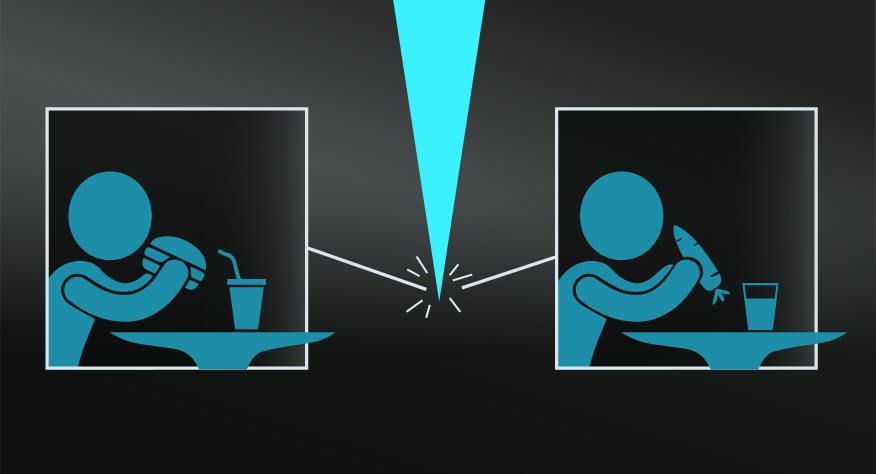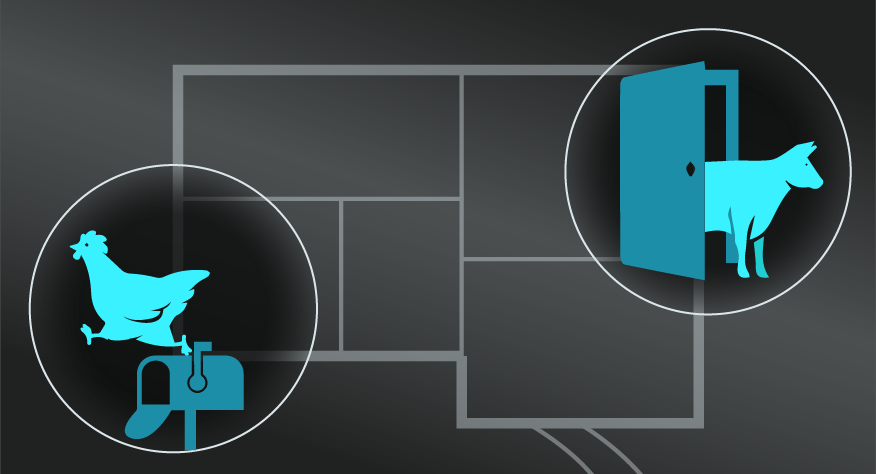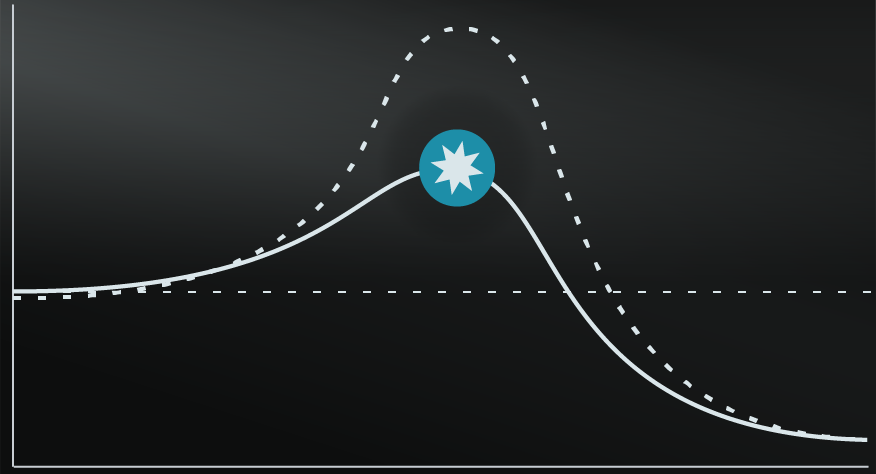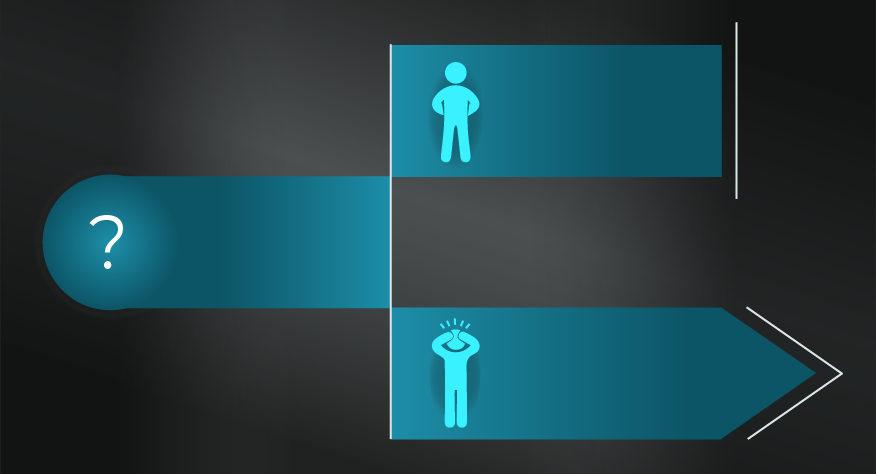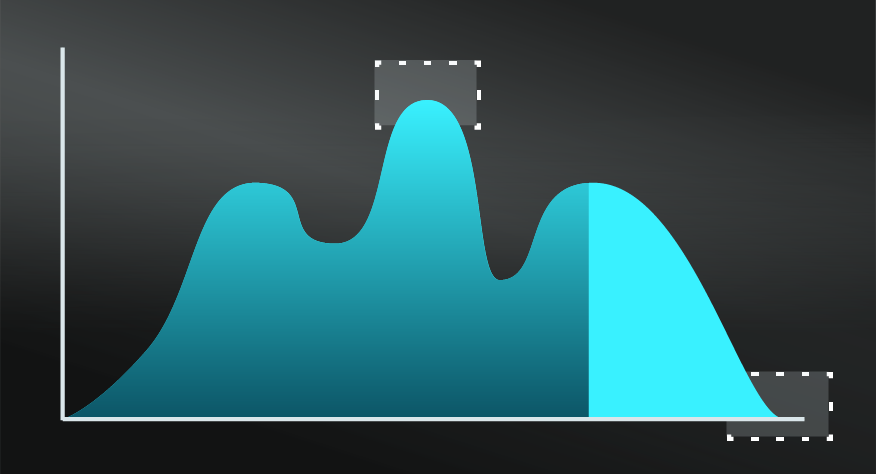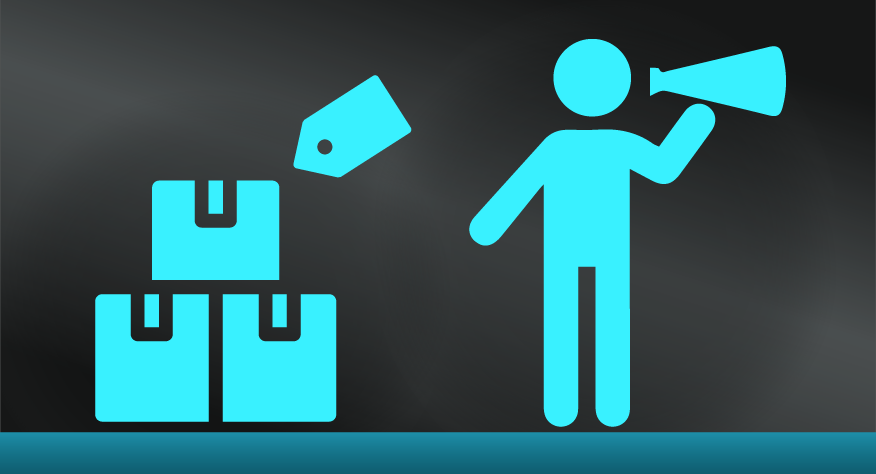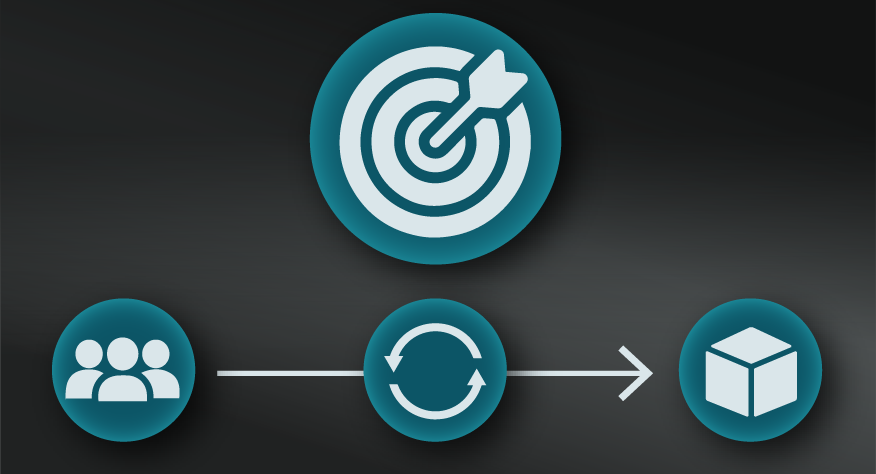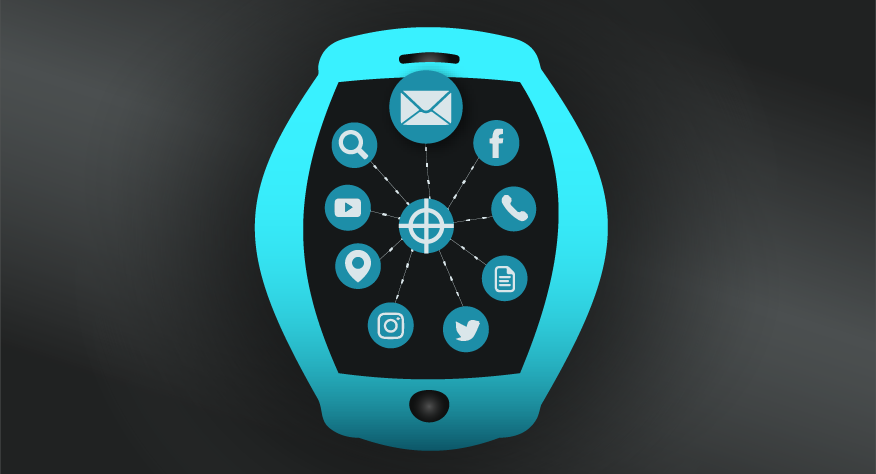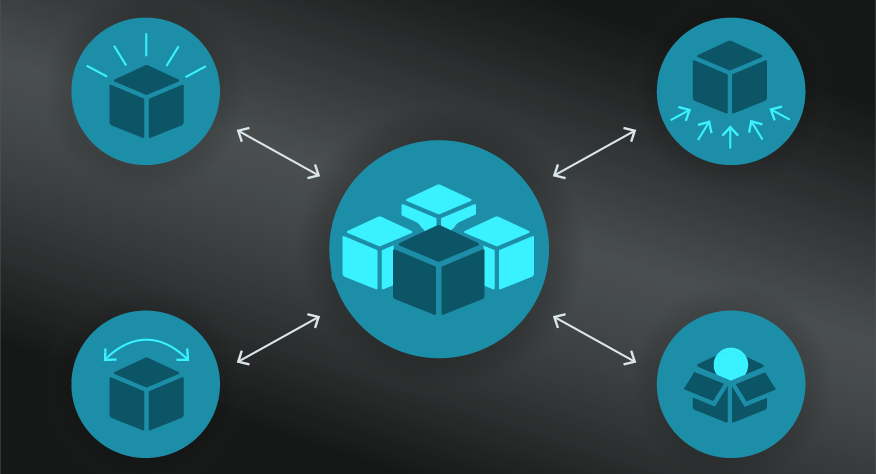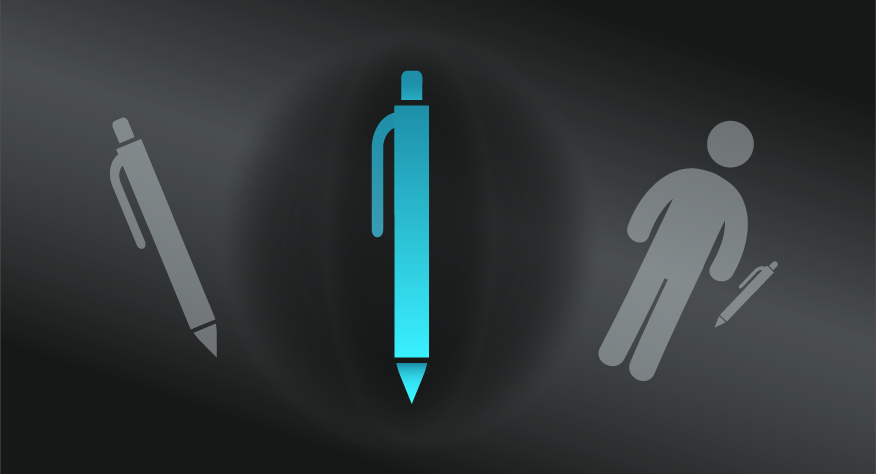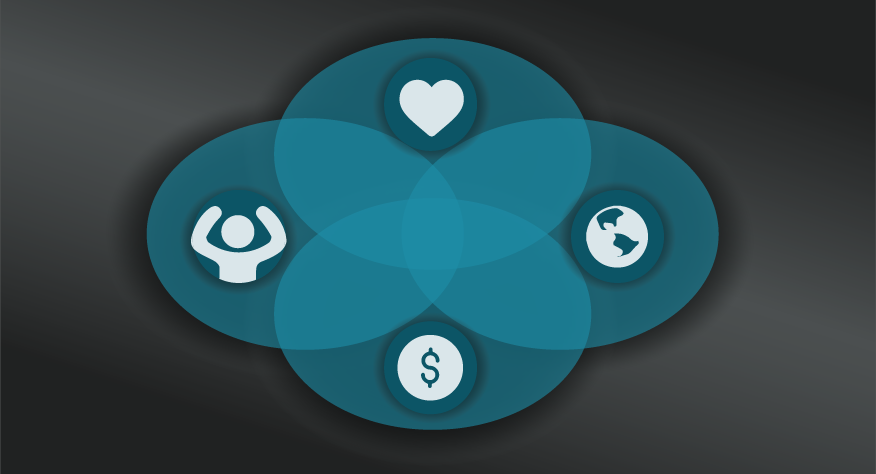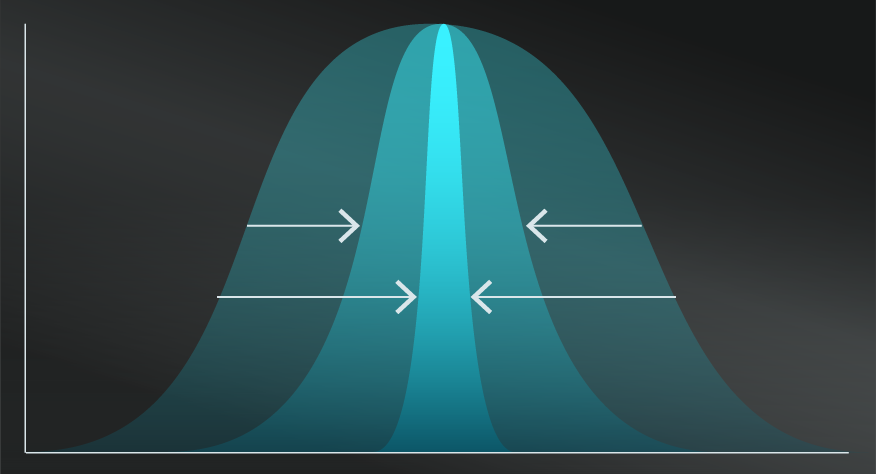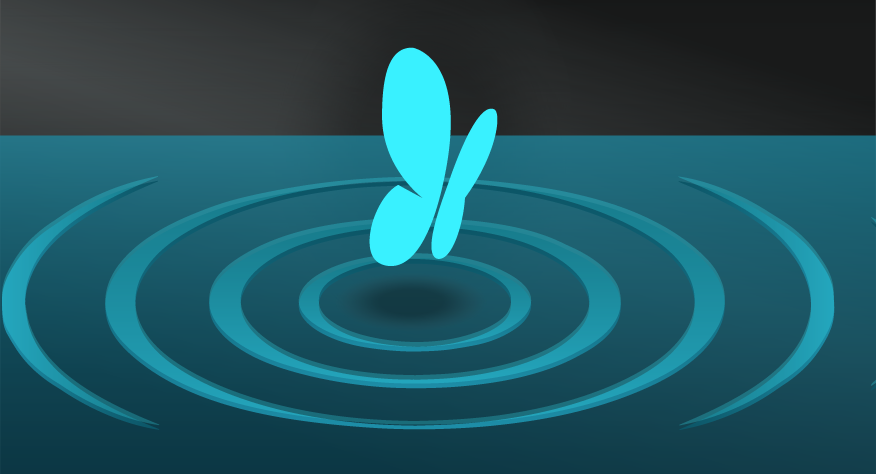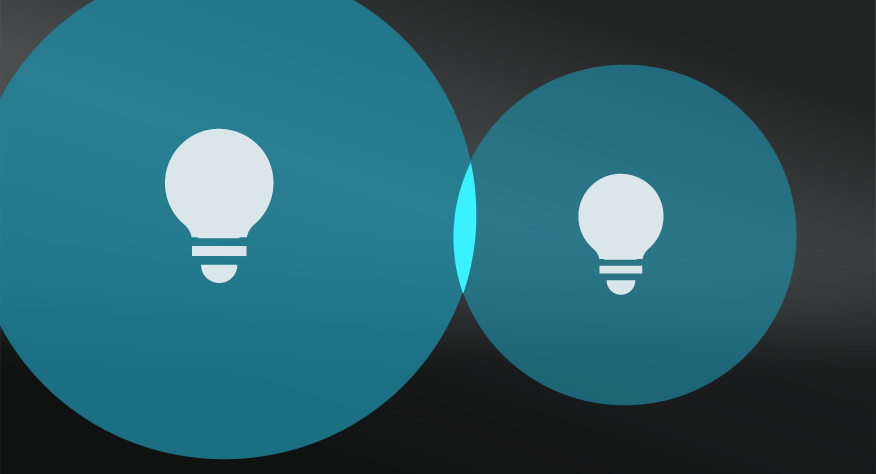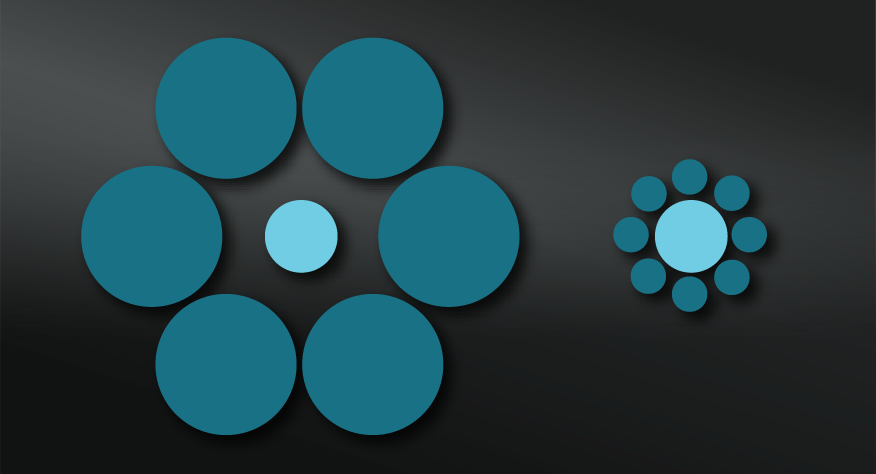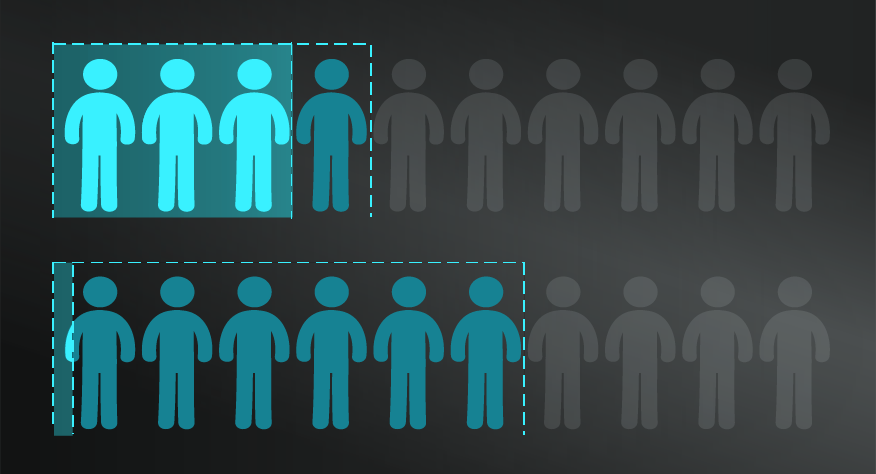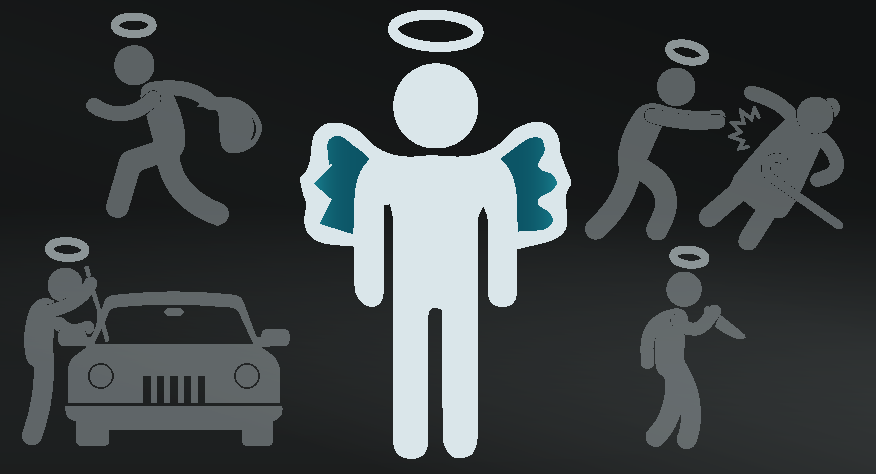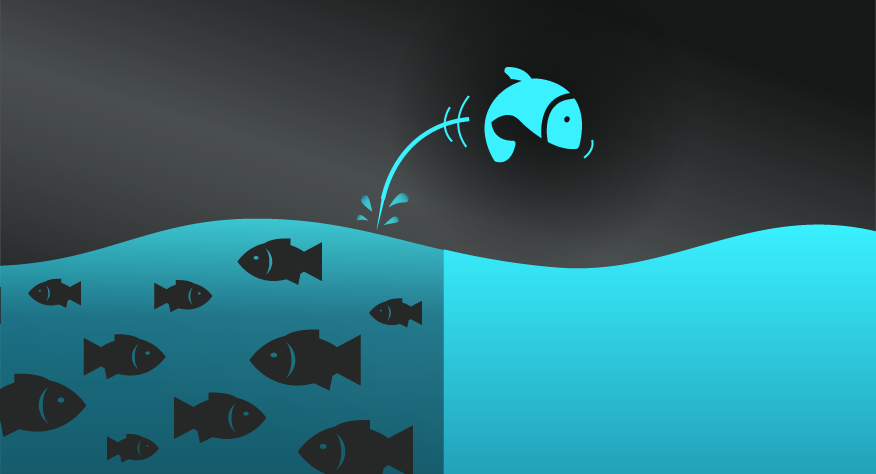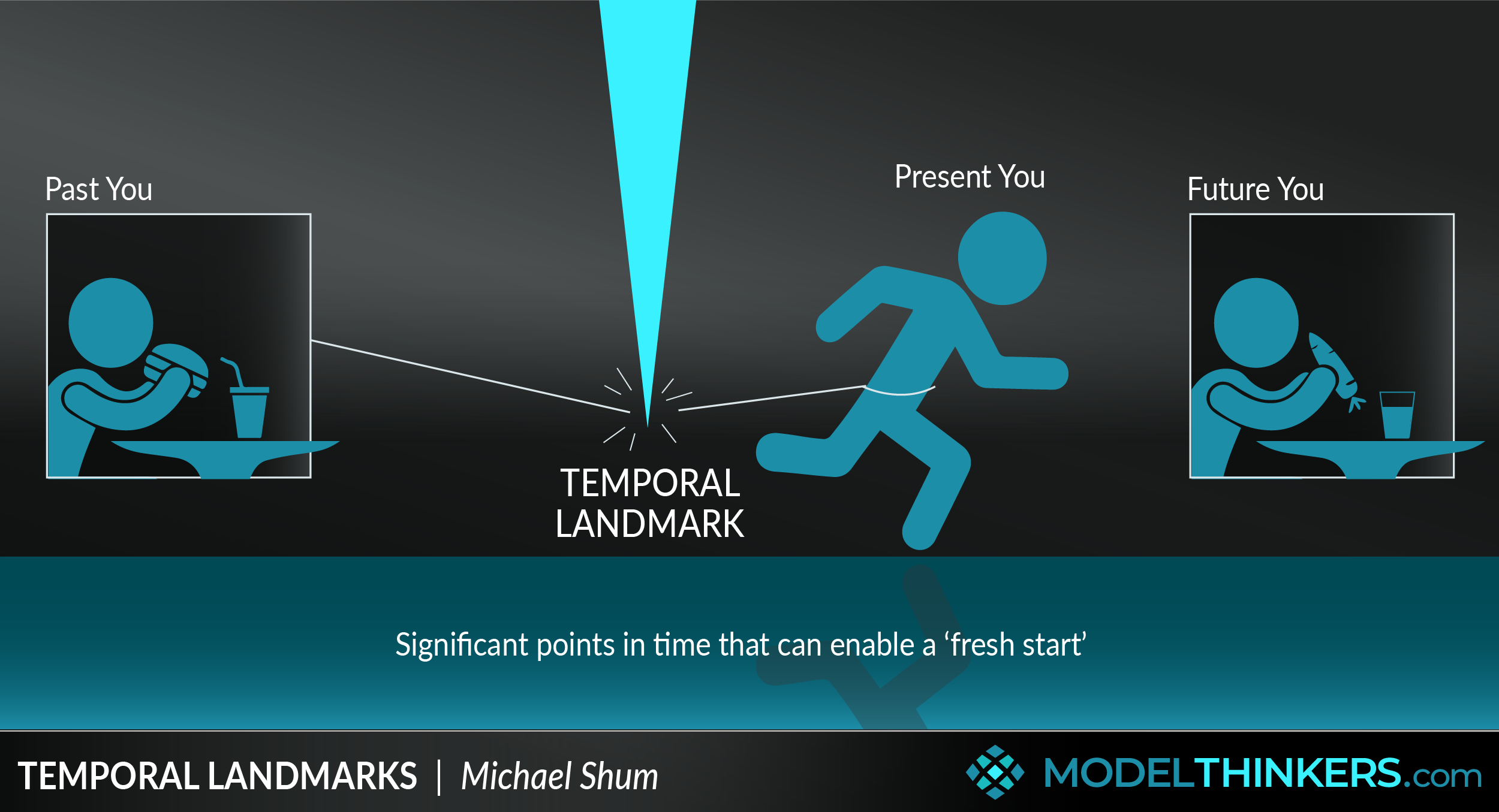
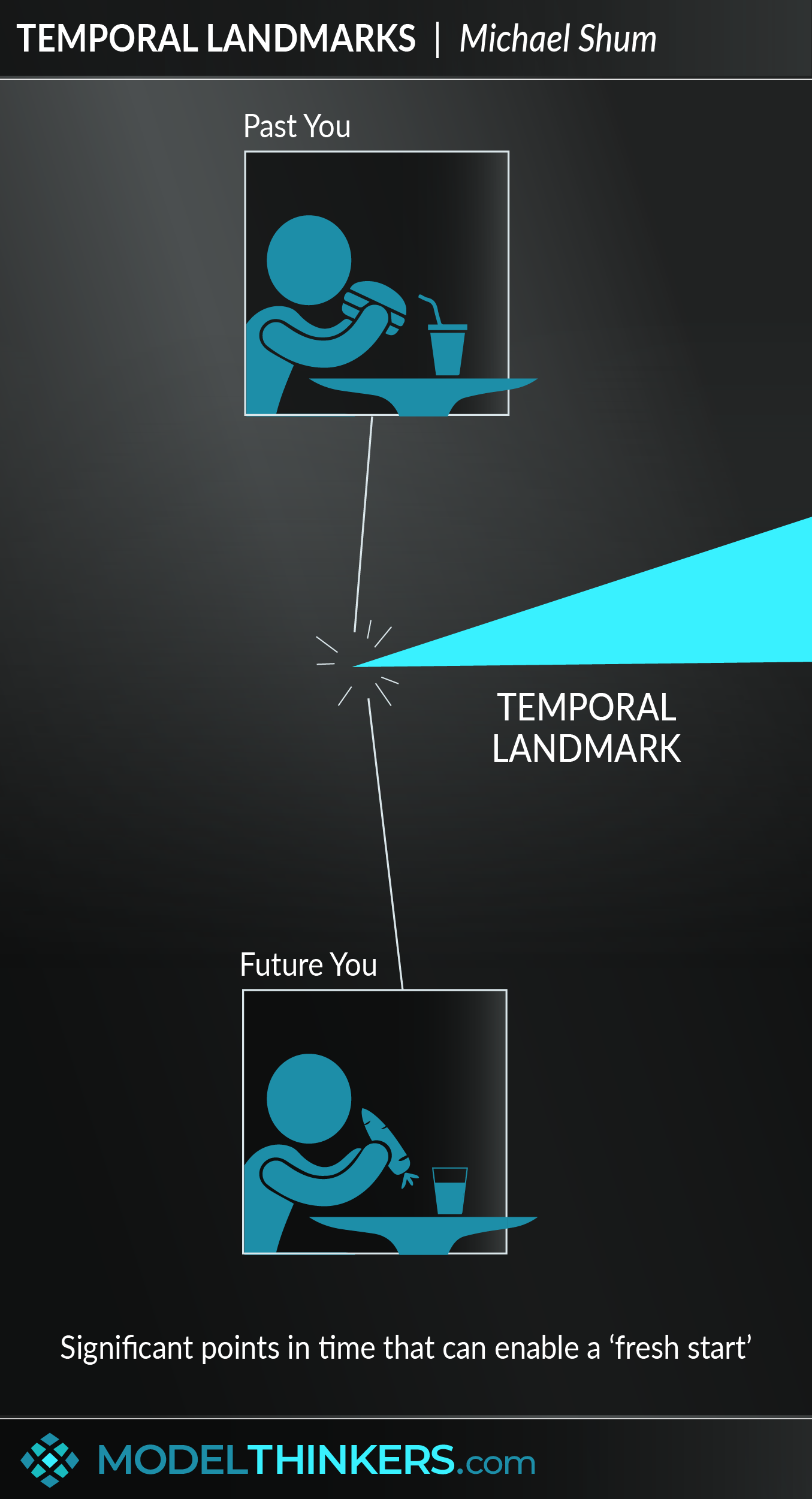
 0 saved
0 saved
 28.6K views
28.6K views








T.S. Elliot reportedly said that "Every moment is a fresh beginning." However recent research into Temporal Landmarks has demonstrated that some moments are better beginnings than others.
Temporal Landmarks are significant points in time that promote a break from the past and a sense of renewal moving forward. As a result, they encourage a ‘fresh start’ and increased motivation towards aspirational behaviours and goals.
These moments also help to frame your memories; create clear divides between views of your past versus future self, and have implications for campaigns and project planning.
LANDMARKS ARE SIGNIFICANT DATES & EVENTS.
Temporal Landmarks include socially accepted significant dates such as the start of a new year, month or week; as well as personal relevant dates such as birthdays, anniversaries or beginnings of new engagements, such as a semester of study or starting a new job.
THE FRESH START EFFECT.
Researchers believe that linking aspirational change to Temporal Landmarks helps you to ‘mentally wipe the slate clean’, distancing yourself from past behaviours or habits as you look towards the future. They provide a psychological break with the past, empowering you to consider and take action based on what is possible rather than what has been. In that sense, Temporal Landmarks support you to let go of Sunk Costs and consider a bigger picture view moving forward.
The resulting phenomena, also known as the Fresh Start Effect or Morning Effect, is particularly effective for one-off or low-frequency events but can also be used to better embed ongoing Habits or Systems.
Katy Milkman and her colleagues at Wharton University explained that: “Temporal landmarks strongly associated with the beginning of a new period cause people (a) to engage in activities designed to facilitate goal initiation and (b) to predict that their own and other people’s motivation to tackle goals will be higher.”
MEMORY, CAMPAIGNS, PROJECT MANAGEMENT AND MORE.
Additional effects related to Temporal Landmarks include implications around memory. From people being more aware of what day it is on Monday and Friday, as opposed to the relatively forgettable Wednesdays or Thursdays; to people remembering where they were for significant dates such as hearing the news of 9/11; right through to students tending to remember more about what they learn at the beginning and end of a semester.
Another study, reflecting the ‘mental accounting’ nature and drive for psychological closure linked to Temporal Landmarks, found that six month projects which ran from June to December (bound by Temporal Landmarks) were more likely to be completed in time when compared to projects that ran from July to January (interrupted by Temporal Landmarks).
The researchers explained: “Consumers think of a December deadline as being in the same category as the present while a January deadline is not. Since consumers tend to treat tasks in the present with a view to getting them done, a task with a deadline this year is treated with more urgency and the task is started sooner.”
IT'S A BIAS... THAT YOU CAN USE.
It should be noted that Temporal Landmarks and the Fresh Start Effect are essentially social constructs and a form of cognitive bias, and they can still be used to your advantage. They should be considered whether you are aiming to make personal change; organise projects; or engage with people through marketing, communications or change campaigns.




-
Use Temporal Landmarks to distance 'present you' from ‘past you’.
Coordinate periods of reflection and the big picture, forward-thinking with Temporal Landmarks. This might include ritual times of reflection on Mondays, at your birthday, or the start of the New Year. Also, consider how you can use Temporal Landmarks to ‘write off’ past failures or mistakes that are holding your back.
-
Use Temporal Landmarks to connect 'present you' with your aspirational ‘future you’.
Coordinate goal setting and periods of commitment to Temporal Landmarks. Embark on new goals or embedding habits at the beginning of the week, or month or year.
-
Create your own Temporal Landmarks as circuit breakers to your behaviour.
In addition to broad, socially constructed Temporal Landmarks, consider how you might embed your own into your routine. These might include mini-rituals of having a coffee, going for a walk or meeting with a mentor or, as a leader in a company, might include annual events or conferences.
-
Go to bed and maximise your morning routine.
A simple Temporal Landmark literally comes around every 24 hours, so make sure you are using it to your best advantage. Know when to call it quits and start fresh in the morning. Also, embed key rituals and Habits to ensure you maximise your new start and create a Chain Reaction for a successful day.
-
Leverage Temporal Landmarks in your project planning.
Use Temporal Landmarks to naturally frame projects and work, maintaining a sense of urgency by keeping the work in the ‘present’. The alternative to this is to appreciate that a Temporal Landmark falling inside of a project timeline will likely interrupt its flow and could be used as a natural period of reflection, improvement, and iteration.
-
Create a campaign calendar.
Whether you are embarking on a marketing, communication or change campaign, consider how you might incorporate established Temporal Landmarks to take advantage of greater openness and willingness to engage. This might include calls to action such as ‘It’s a New Year, time to <do x>’ or ‘Start Fresh this Week, by starting to <trying y>’.
The original study that popularised this Mental Model acknowledged that: “One concern with our findings is that people tend to engage in activities prior to (or during) temporal landmarks that harm goal pursuit, and our findings might simply reflect a rational attempt to offset these bad behaviours after temporal landmarks.”
In other words, there is an argument that success attributed to the Fresh Start Effect might simply be a form of Regression to the Mean. So, for example, you might eat better in January as a reaction to your overindulgence in December. That said, there is evidence that positive patterns of behaviour persist outside of holidays associated with overindulgence.
The studies to date have also focused on socially constructed Temporal Landmarks that have a relatively neutral psychological response — such as beginnings of the week etc.. Other options that might have more emotive responses — memorials of someone’s death, divorces etc — might have other implications which have not yet been explored.
Finally, there might be an element of Social Proof or the Bandwagon Effect behind the apparent greater propensity of people choosing and even succeeding more with their goals at the beginning of a new year. That is, with more people committing to change, it is collectively easier to maintain and achieve that change.
Google searches for ‘diet’ peak times.
Dai, Milkman and Riis, who have spearheaded much of the research in this area, demonstrated that more people tend to search for ‘diet’ after a holiday (10%); at the start of a new week (14%); and especially at the start of the new year (82%). Though this behaviour might be the result of compensation after overindulgence as discussed in the Limitations section.
Students attending the gym.
The same research team as above identified that students were more likely to attend the gym at the start of a semester (47% more); in the start of the new year (12%); and in the start of each week (33%).
The same day, different name - over 300% difference!
And the same team again organised a split test, asking two groups if they would like to be reminded about their goals at a future date. The date was identical with both groups, however, with group A they called the date ‘the third Thursday in March 2014’ and group B they called the date ‘the first day of Spring’.
The reference to the first day of Spring proved a powerful Temporal Landmark, allowing the group to assign that reminder to ‘future them’ and causing an increase in sign-ups to the reminders by 354%.
Aaron Sorkin, not obsessive-compulsive, just keen on fresh starts.
Writer Aaron Sorkin describes how he creates his own mini Temporal Landmarks of sorts: “I've got plenty of quirks. I go to an office early in the morning. Early in the morning is really good writing time. I take anywhere between six to eight showers a day. I'm not exaggerating. I'm not a germaphobe: it's all about a fresh start.”
.
As with so many Mental Models, it is difficult to attribute an origin to a single person when the idea tends to reflect an evolving body of thought. I was tempted to pay it to Katy Milkman and her Wharton Uni team who have helped popularised the idea via the paper cited below. Though the concept was raised as early in 1988 by Michael Shum in his paper The Role of Temporal Landmarks in Autobiographical Memory Processes.
Shum himself cites Theodule Ribot playing with this concept, if not the term itself, as early as 1882. In the end, we paid it to Shum for capturing the term and the broader concept.
The Fresh Start Effect: Temporal Landmarks Motivate Aspirational Behaviour paper was first published in June 2014 in the Management Science journal. It has grown in popularity and is a favourite paper widely quoted in the media during the New Year period. One of the key authors of this paper was Katy Milkman, who also spearheaded workaround Temptation Bundling and whose website is a font of useful information.
The project planning research noted in the overview was from the University of Chicago’s Getting things done: How does changing the way you think about deadlines help you reach your goals?
 My Notes
My Notes
Oops, That’s Members’ Only!
Fortunately, it only costs US$5/month to Join ModelThinkers and access everything so that you can rapidly discover, learn, and apply the world’s most powerful ideas.
ModelThinkers membership at a glance:






“Yeah, we hate pop ups too. But we wanted to let you know that, with ModelThinkers, we’re making it easier for you to adapt, innovate and create value. We hope you’ll join us and the growing community of ModelThinkers today.”





